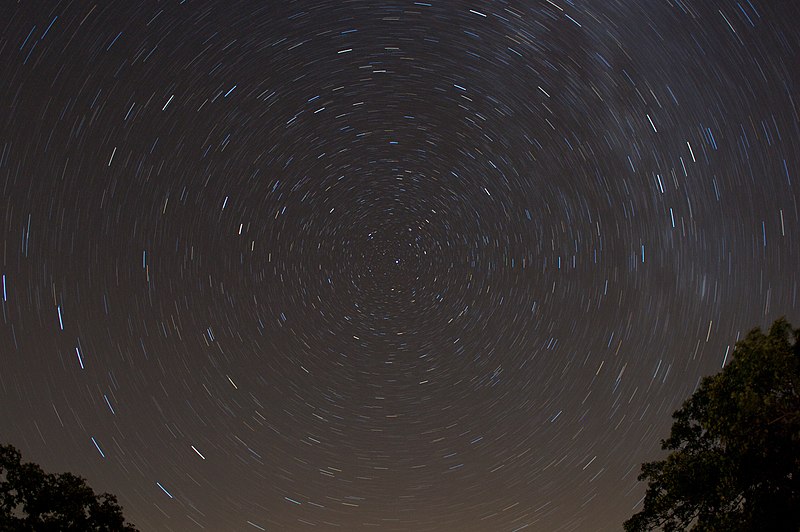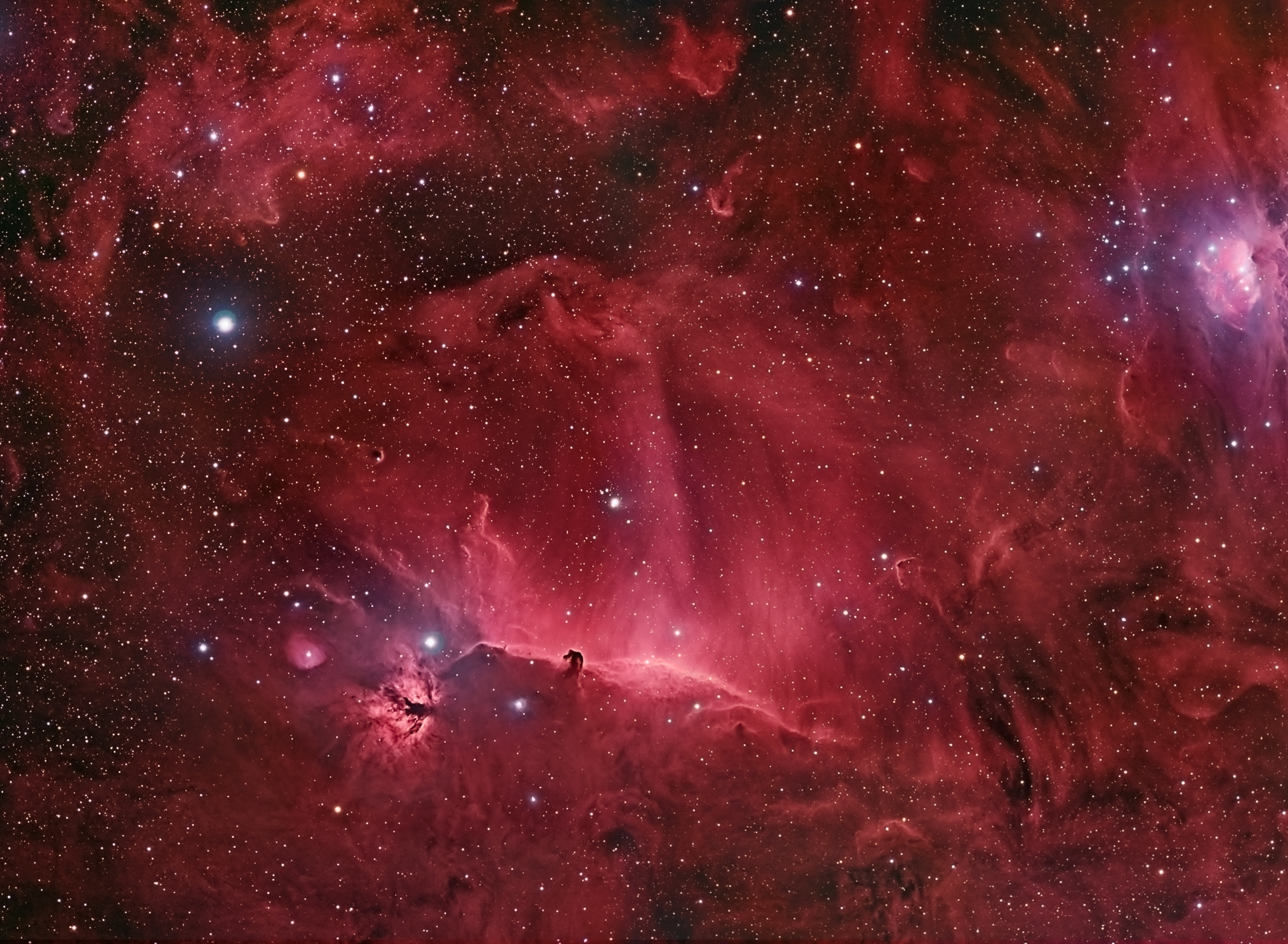
I had the privilege of seeing the Aurora Borealis today while on a flight from San Francisco to Frankfurt, Germany. The Aurora, or Northern Lights, is a beautiful, eerie glow in the sky caused by the light pressure (Solar Wind) from the Sun hitting Earth’s upper atmosphere and causing molecules to glow where the Earth’s magnetic field is concentrated in a circle around the North Magentic Pole.
A bit of science: "Auroral Ovals" are regions on the Earth around the magnetic poles where Aurorae are most likely to occur, and because the Magnetic North Pole is in Northeastern Canada, the auroral oval extends to other reaches of Canada, Greenland, Scandinavia and the Arctic region. The website Spaceweather.com has a daily update on the size and location of the auroral ovals (scroll down and look on the left hand side of the homepage). Since I knew I was going to be on a flight to Europe that would take me far north and near to this region of the Earth, I made sure I had a seat on the left hand side of the plane and once on board, watched the flight map to follow our progress. Like most international flights that travel east, the flight moved quickly into darkness and at about the halfway point at which we were at the Arctic Circle, I started looking out my window. Not surprising at all, I began to see a faint glow on the distant northern horizon. Over the next 30 minutes, the glow became bigger and before long the plane was in the midst of what appeared to be clouds of light, glowing a faint green among the backdrop of circumpolar stars. Luckily there was no moonlight to distract from the view this night.
There is no way to easily describe the Northern Lights except as beautiful curtain-like clouds that glow of their own light, rather than being illuminated by sunlight. The shapes change continuously, and in the more dense regions the wing of the plane outside my window actually was illuminated by the glow. Moving along at high speed the view was always unfolding, always bringing new shapes into view. I watched for about two hours until the intensity began to wane.
If you are traveling a route that takes you far north (any West Coast to Europe flight will do) and it is in the late Fall and early Winter months, you should acquaint yourself with the auroral oval on Spaceweather.com and get a window that faces north (left hand side) when flying east. Be patient, darken your seating area, and look carefully, as you would for any item of astronomical interest. You’ll be rewarded with an unforgettable, magical show.








